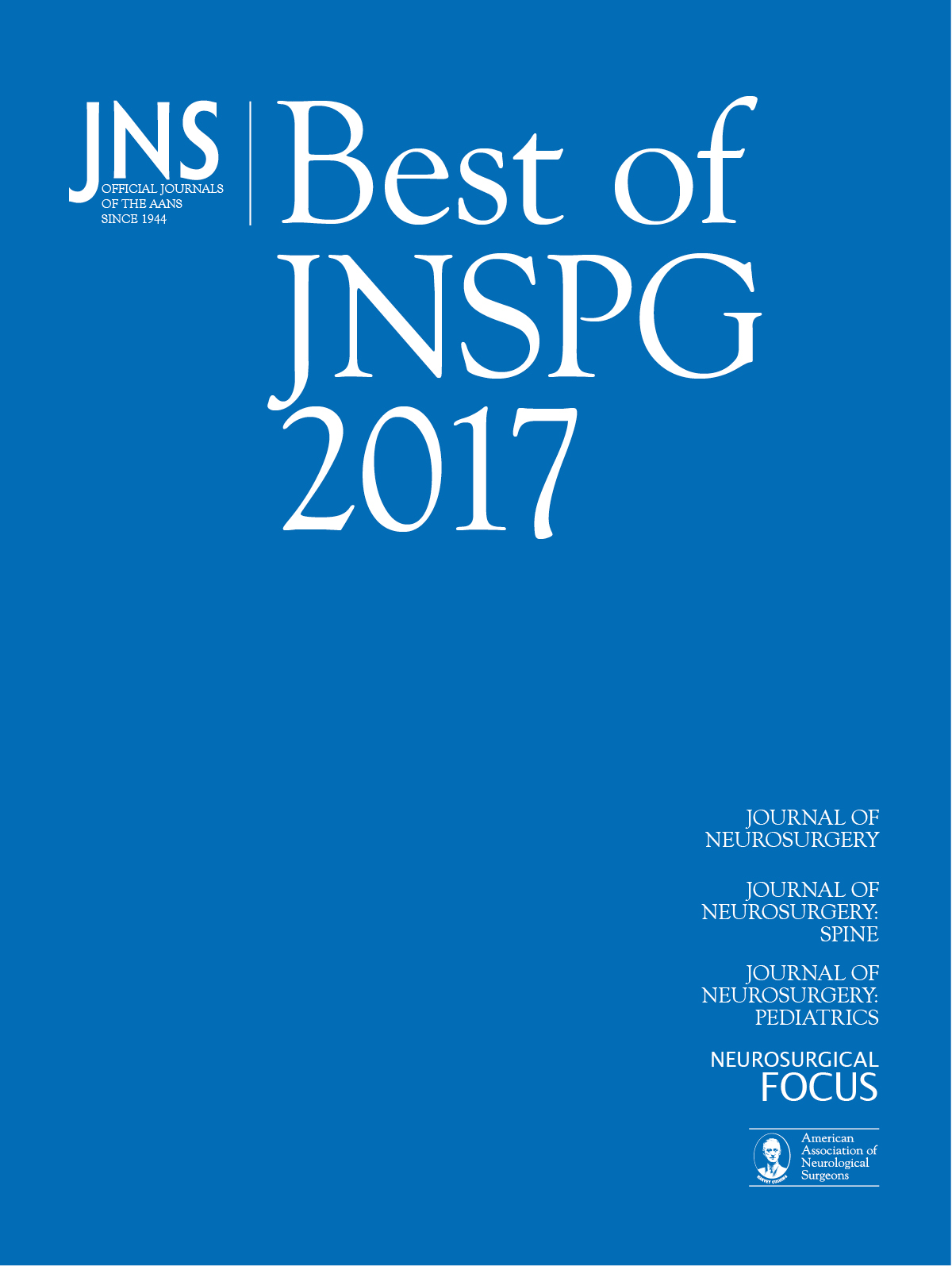OBJECTIVE
The aim of this study was to assess long-term clinical safety and effectiveness in patients undergoing anterior cervical surgery using the Prestige LP artificial disc replacement (ADR) prosthesis to treat degenerative cervical spine disease at 2 adjacent levels compared with anterior cervical discectomy and fusion (ACDF).
开云体育世界杯赔率
A prospective, randomized, controlled, multicenter FDA-approved clinical trial was conducted at 30 US centers, comparing the low-profile titanium ceramic composite-based Prestige LP ADR (n = 209) at 2 levels with ACDF (n = 188). Clinical and radiographic evaluations were completed preoperatively, intraoperatively, and at regular postoperative intervals to 84 months. The primary end point was overall success, a composite variable that included key safety and efficacy considerations.
RESULTS
At 84 months, the Prestige LP ADR demonstrated statistical superiority over fusion for overall success (observed rate 78.6% vs 62.7%; posterior probability of superiority [PPS] = 99.8%), Neck Disability Index success (87.0% vs 75.6%; PPS = 99.3%), and neurological success (91.6% vs 82.1%; PPS = 99.0%). All other study effectiveness measures were at least noninferior for ADR compared with ACDF. There was no statistically significant difference in the overall rate of implant-related or implant/surgical procedure–related adverse events up to 84 months (26.6% and 27.7%, respectively). However, the Prestige LP group had fewer serious (Grade 3 or 4) implant- or implant/surgical procedure–related adverse events (3.2% vs 7.2%, log hazard ratio [LHR] and 95% Bayesian credible interval [95% BCI] −1.19 [−2.29 to −0.15]). Patients in the Prestige LP group also underwent statistically significantly fewer second surgical procedures at the index levels (4.2%) than the fusion group (14.7%) (LHR −1.29 [95% BCI −2.12 to −0.46]). Angular range of motion at superior- and inferior-treated levels on average was maintained in the Prestige LP ADR group to 84 months.
CONCLUSIONS
The low-profile artificial cervical disc in this study, Prestige LP, implanted at 2 adjacent levels, maintains improved clinical outcomes and segmental motion 84 months after surgery and is a safe and effective alternative to fusion.
Clinical trial registration no.: NCT00637156 (clinicaltrials.gov)



